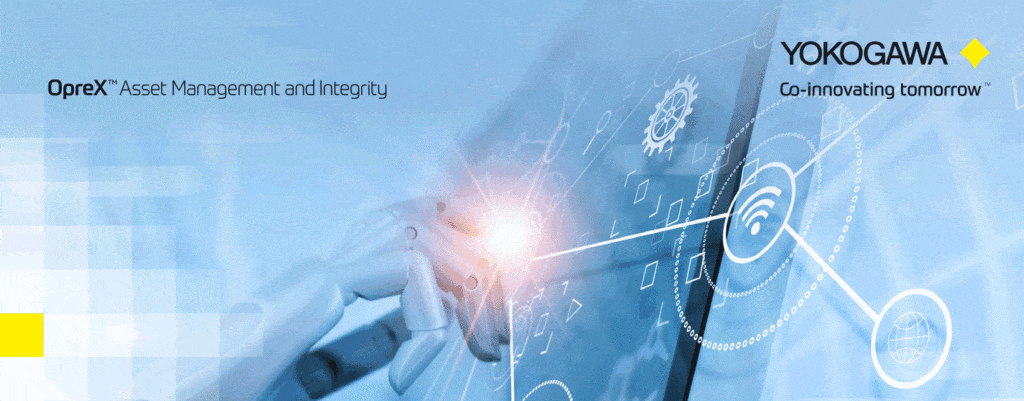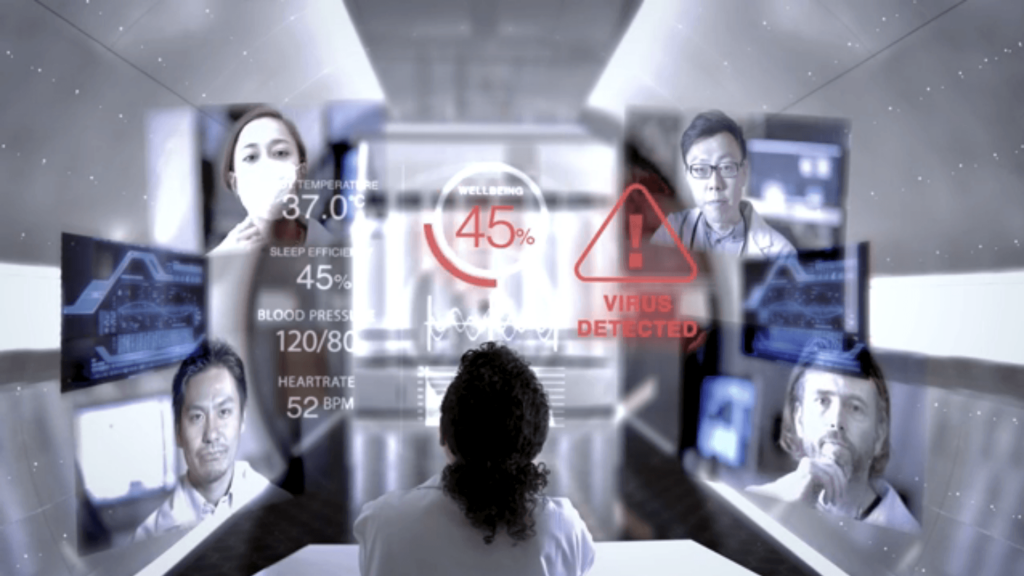The term Industry 4.0 sums up a fundamental innovation and transformation process for industrial value creation. The core idea here involves flexible, highly dynamic and globally interlinked value added networks with new types of partnerships. Thanks to data-driven business models, offers that are actually oriented to solutions can be drawn up with customer benefits in mind. Crucial factors for competitiveness in a networked economy are flexibility, energy efficiency, availability, and transparency.
Realisation of Industry 4.0: Smart Manufacturing
Smart Manufacturing is the industrial concept, which actually implements Industry 4.0 in practice in order to utilise the tremendously positive economic and social effects of Industry 4.0 . The main focus of Smart Manufacturing lies in the continuous automation of processes and extends to autonomous production and the ability to utilise state-of-the-art data analyses. With the aim of continually improving production performance, too.
Smart Manufacturing – Smart Maintenance
The ideal solution is achieved by a tactical combination of Smart Manufacturing and Smart Maintenance. The use of sophisticated, innovative technologies such as smart sensors, edge computing, big data and A) ensures that all assets in production work with one hundred percent efficiency.
Meanwhile, assets are typically equipped with industrial-grade smart sensors for data collection. These IIoT sensors (like the Sushi Sensor) transmit the data to computer-assisted maintenance management systems. These systems utilise extended analysis options such as AI or cloud-based Machine Learning to determine the complete data pool so as to provide ultimate results in real time – results that can be called up anytime from a smart device. In this way, anomalies can be recognised quickly and communicated to the corresponding employees instantaneously.
AI – greater efficiency boosts, new forms of interaction
AI is currently attracting tremendous attention globally in society and business. According to the “Gartner Top 10 Strategic Technology Trends for 2020”, AI counts among the top ten strategic technology trends that will lead to a positive transformation or better opportunities in the coming five to ten years.
The latest developments in the field of AI enable greater efficiency enhancements and new forms of interaction. AI applications in Smart Maintenance currently focus on the requirements-oriented optimisation of maintenance intervals – condition monitoring. Permanent logging and evaluation of the asset status enables both the current state as well as the anticipated status development to be ascertained individually. The time for the next maintenance no longer has to be chosen based on fixed intervals, but instead can be planned far in advance and in line with needs, based on the real asset state.
Predictive maintenance – greater precision in diagnostics and forecasting
Predictive maintenance is a major cornerstone of Smart Maintenance. Because what we’ve heard beforehand comes together here. By using for instance smart industrial sensors plus network technology like LoRaWAN® (IoT wireless technology) as well as analysis applications (AI), the status of the asset is monitored permanently, while downtimes and failures are forecast. AI continuously monitors a number of asset parameters and signals the need for maintenance corresponding to the state. This allows maintenance activities to be reduced to wearing components, for instance, instead of having to arrange a complete maintenance. Sensor information on acceleration and vibration of shafts from the control is read out initially and stored as a reference in the central database. During use of the asset, the current behaviour is compared with the reference behaviour in order to draw conclusions about the asset status. And all this without components having to be removed for a visual inspection. Targeted measures are then initiated based on the determined status.
Predictive maintenance – benefits at a glance
- Precise error identification
Clear insights into the status of the assets and well planned maintenance, as well as repairs, extend the service life of assets.
- Optimising maintenance intervals
Poorly planned maintenance work and the resultant downtimes are costly. Condition monitoring reduces the costs for components and personnel.
- Minimising downtimes
Productivity is enhanced as the assets are always ready for use.
- Ensuring compliance
The reporting functions and methods that are consequently available help to ensure compliance with all maintenance-relevant standards, such as the standard ISO55000, without any problem. Environmentally compatible operational procedures are ensured as a result.
- Greater safety
Thanks to real time monitoring and troubleshooting if problems arise, employees can work in safe conditions.
Upshot
The tasks of Smart Maintenance include monitoring and knowledge about the status of the assets. This is backed up by dedicated planning for the maintenance plus improved performance and greater effectiveness among resources.
Would you like to learn more about this topic? If so, I’d be delighted to invite you to our free, practical webinar. Feel free to register as soon as you can. What to expect?
The webinar casts light on the following aspects:
- Key motivation for Smart Manufacturing – Smart Maintenance – Predictive maintenance
- AI in the context of digital transformation and Smart Maintenance
- What application fields are available for AI when it comes to predictive maintenance and how do potential AI applications look in practice?
- How can data from different databases be merged?
- Yokogawa’s refined response to Smart Maintenance: Sushi Sensor
Why not use the opportunity of a webinar to get in contact with us by asking direct questions. We’re looking forward to hearing from you.
Just click HERE and you can register for free!
Secured Remote Services – remotely monitor, maintain and control your plant




